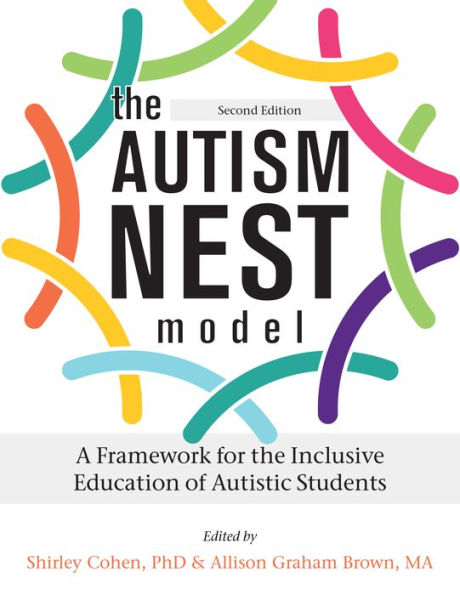The program was formulated in response to the severe shortage of educational programs designed for school-age autistic children able to perform at grade level, which often leads to inappropriate placement, and a lack of supports...all of which inevitably results in poor educational experiences. This model helps children engage comfortably and successfully in inclusive settings in their schools and communities, whenever feasible, with decreased need for professional support.
This new edition has three parts. Part One highlights the foundational strategies and supports of the model during its first ten years, including the partnership between the New York City Public Schools and the Nest program. Part Two describes the ongoing development and evolution of the program across the following 10 years, with a focus on neurodiversity-affirming practices, including what has been learned from the experiences and expertise of the autistic advocate community and changes in the field. Part Three presents challenges to scaling the model, and considerations for responding to those challenges, while highlighting the outstanding successes of the program across two decades.
The original book, The ASD Nest Model, presented the model from conception in 2001 through development and implementation in 2012. It established the foundation of the Nest program from which the current model evolved. This second edition covers the entire period of 20 plus years from conception to the present, showcasing the evolution of the model over that period. The book's change in title from The ASD Nest Model to The Autism Nest Model is representative of the evolution not only of language but also the understanding and practice that the new edition reflects.
The program was formulated in response to the severe shortage of educational programs designed for school-age autistic children able to perform at grade level, which often leads to inappropriate placement, and a lack of supports...all of which inevitably results in poor educational experiences. This model helps children engage comfortably and successfully in inclusive settings in their schools and communities, whenever feasible, with decreased need for professional support.
This new edition has three parts. Part One highlights the foundational strategies and supports of the model during its first ten years, including the partnership between the New York City Public Schools and the Nest program. Part Two describes the ongoing development and evolution of the program across the following 10 years, with a focus on neurodiversity-affirming practices, including what has been learned from the experiences and expertise of the autistic advocate community and changes in the field. Part Three presents challenges to scaling the model, and considerations for responding to those challenges, while highlighting the outstanding successes of the program across two decades.
The original book, The ASD Nest Model, presented the model from conception in 2001 through development and implementation in 2012. It established the foundation of the Nest program from which the current model evolved. This second edition covers the entire period of 20 plus years from conception to the present, showcasing the evolution of the model over that period. The book's change in title from The ASD Nest Model to The Autism Nest Model is representative of the evolution not only of language but also the understanding and practice that the new edition reflects.

The Autism Nest Model: An Inclusive Education Framework for Autistic Children
230
The Autism Nest Model: An Inclusive Education Framework for Autistic Children
230Paperback

Product Details
| ISBN-13: | 9781963367072 |
|---|---|
| Publisher: | Future Horizons, Inc. |
| Publication date: | 02/04/2025 |
| Pages: | 230 |
| Product dimensions: | 8.50(w) x 11.00(h) x 0.00(d) |
